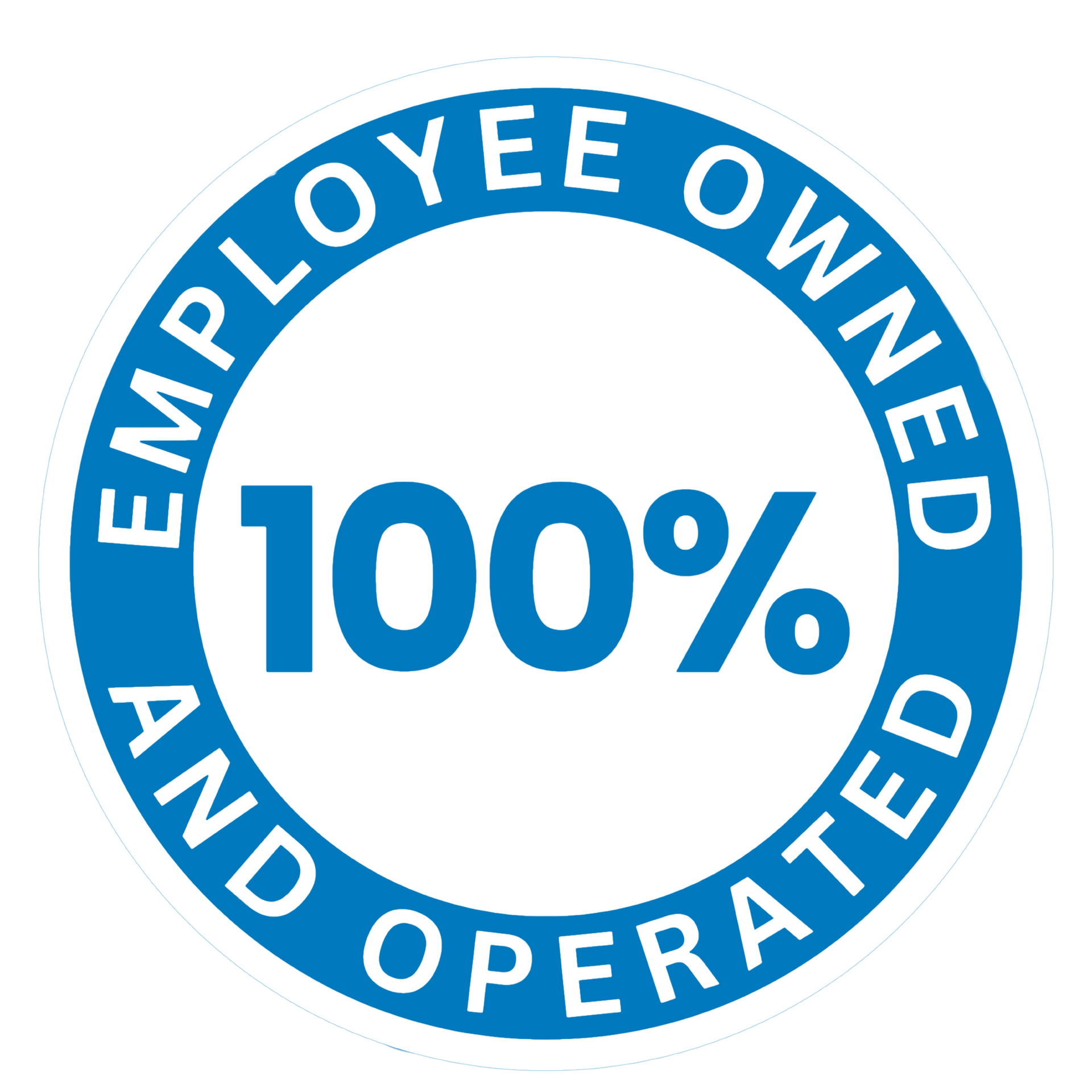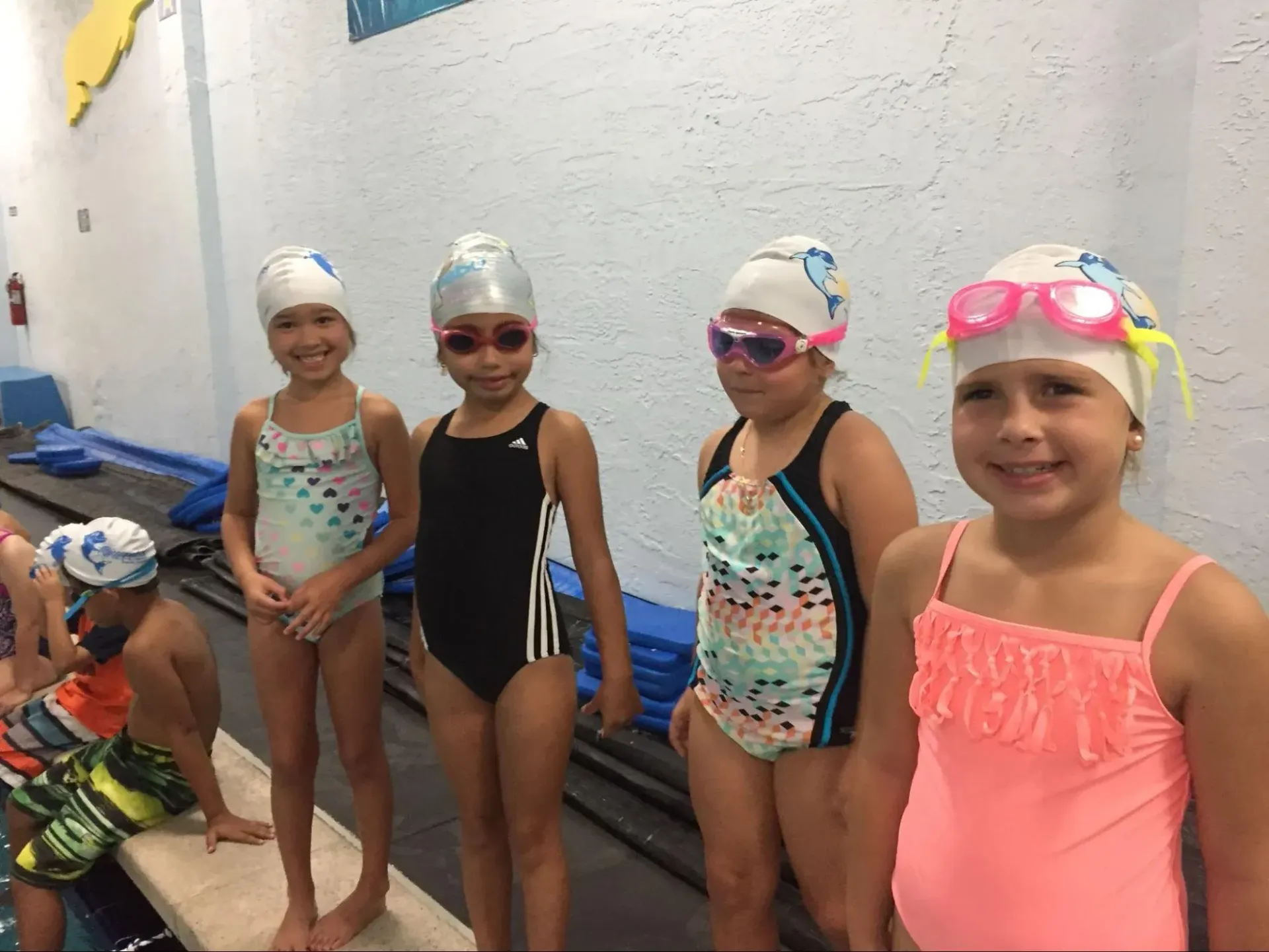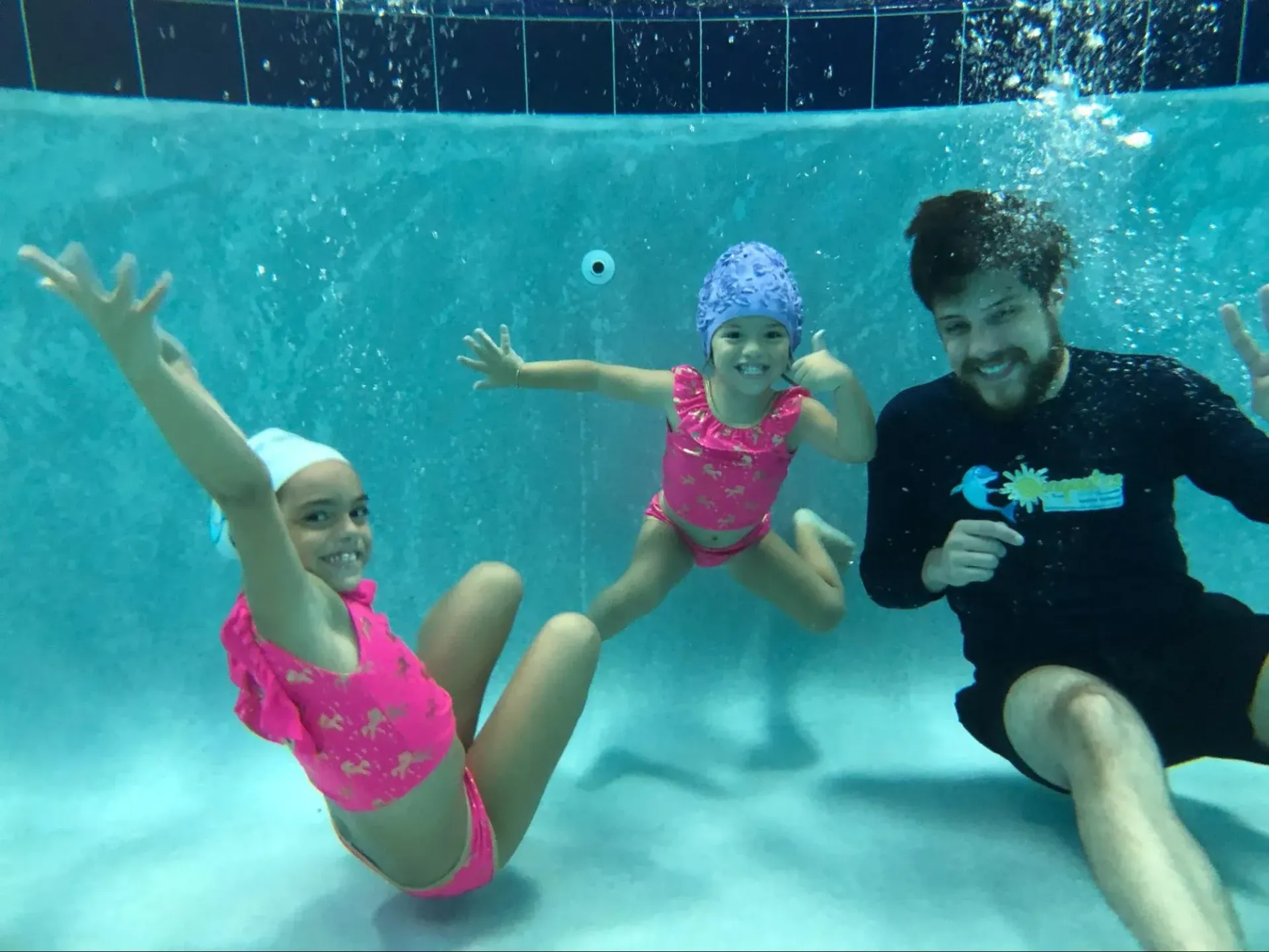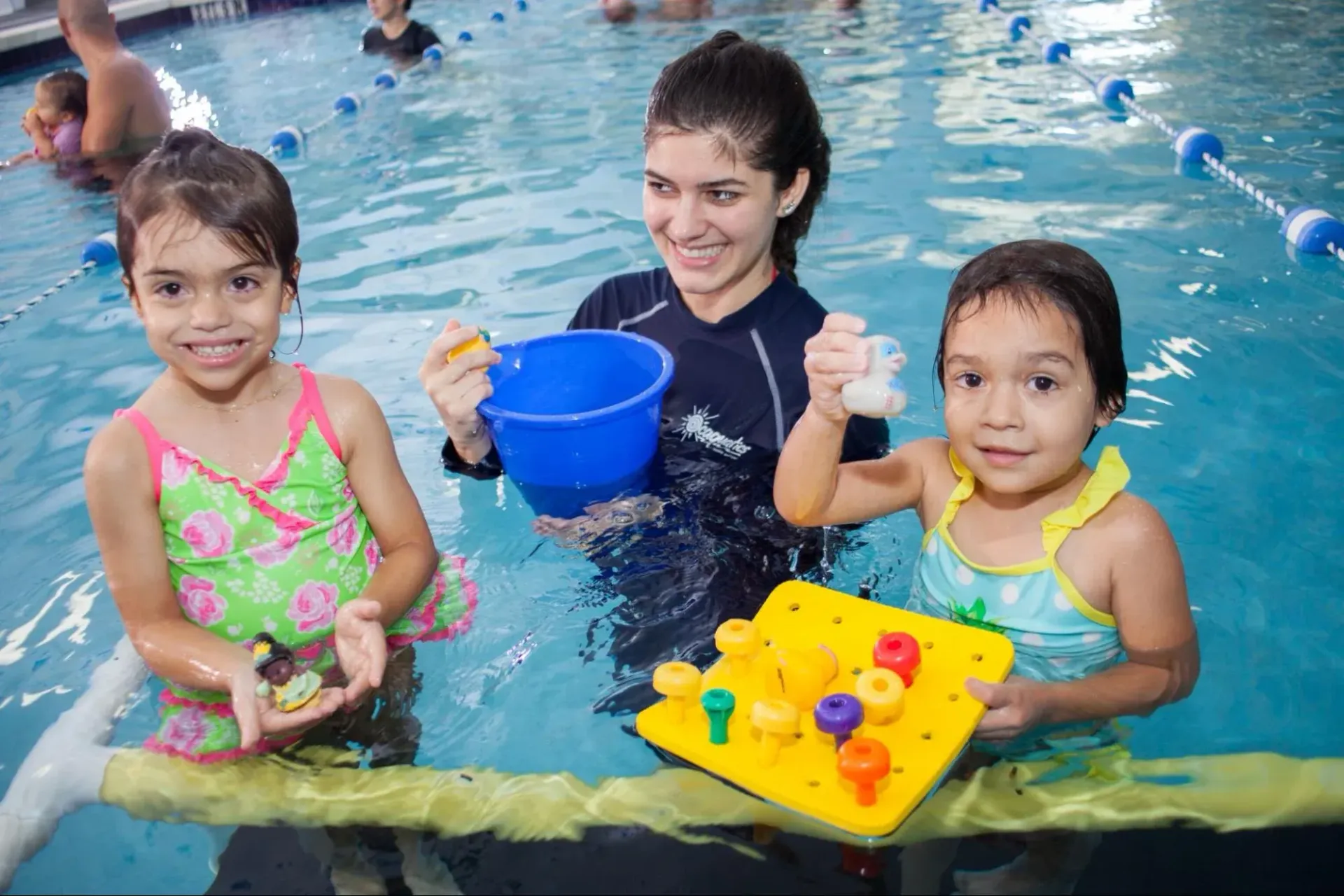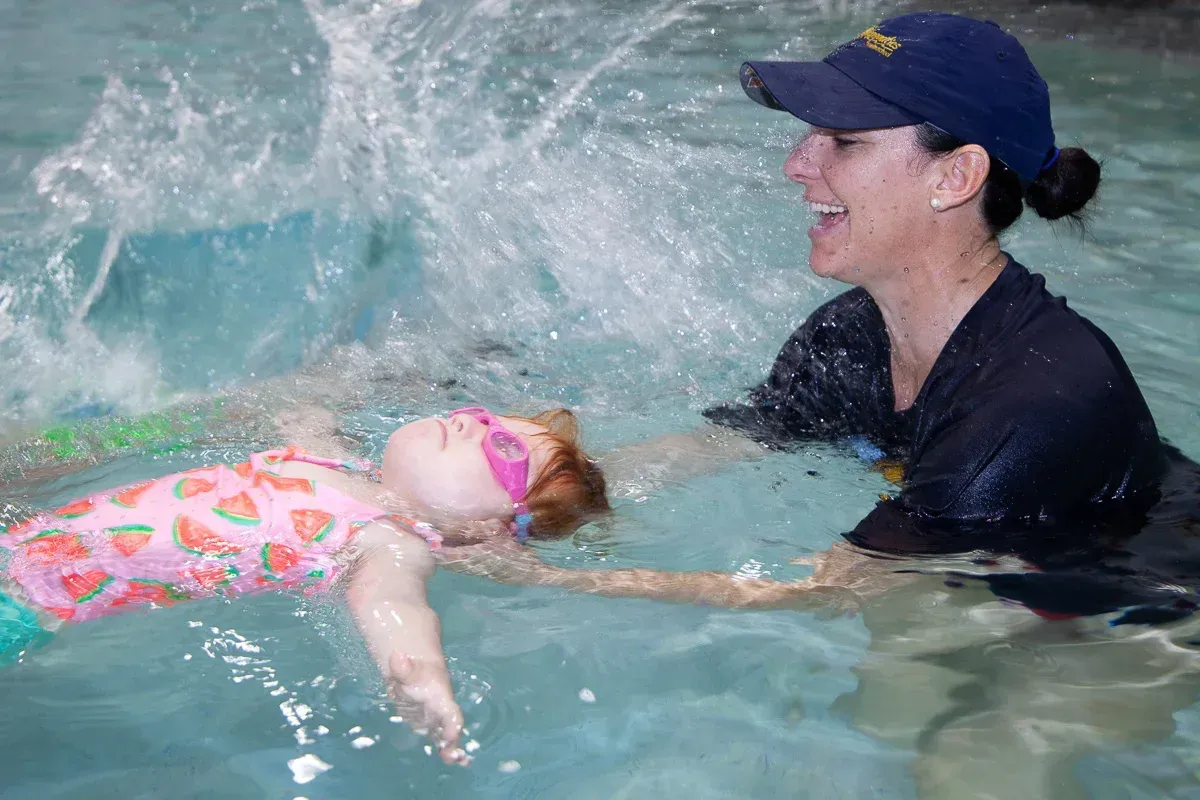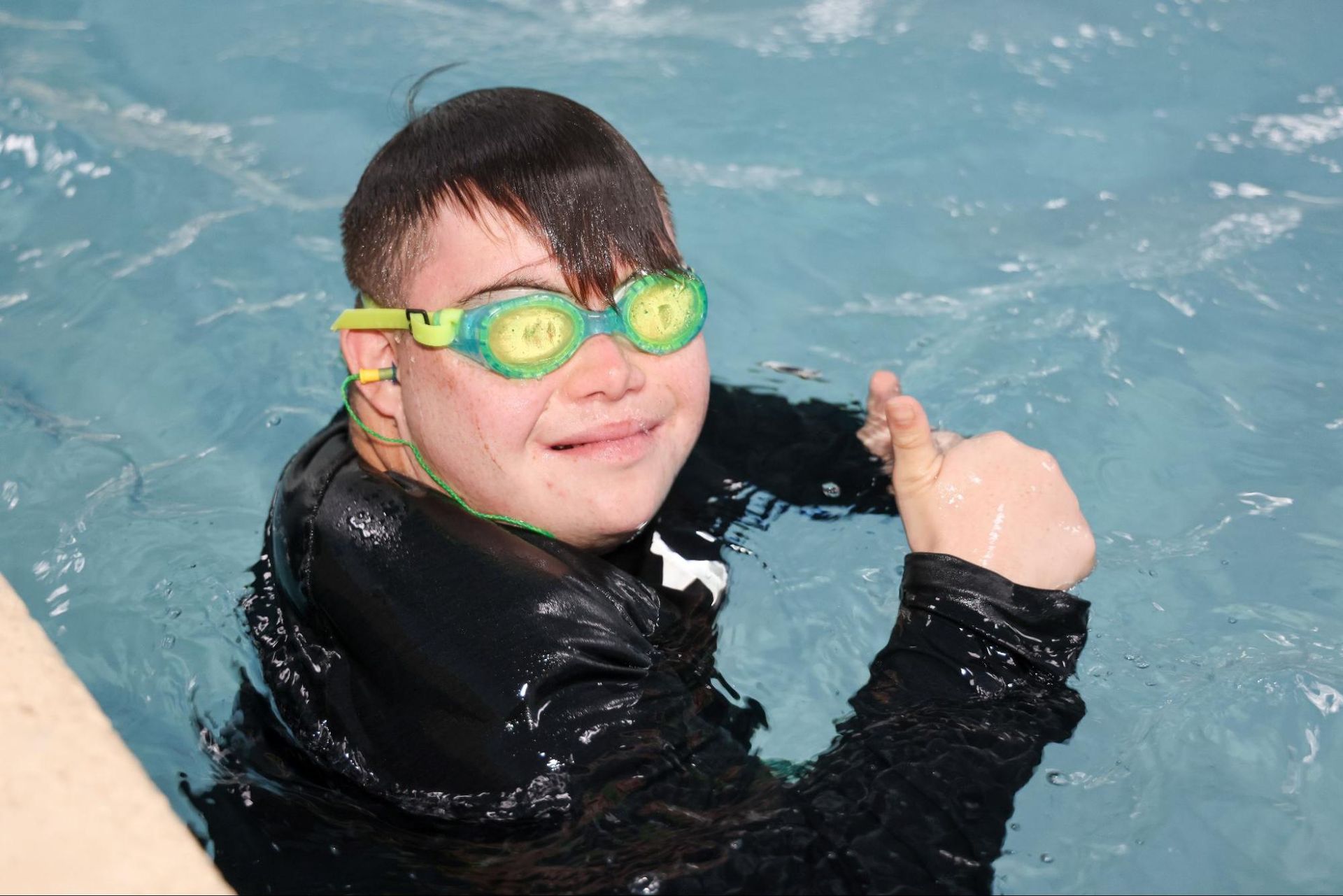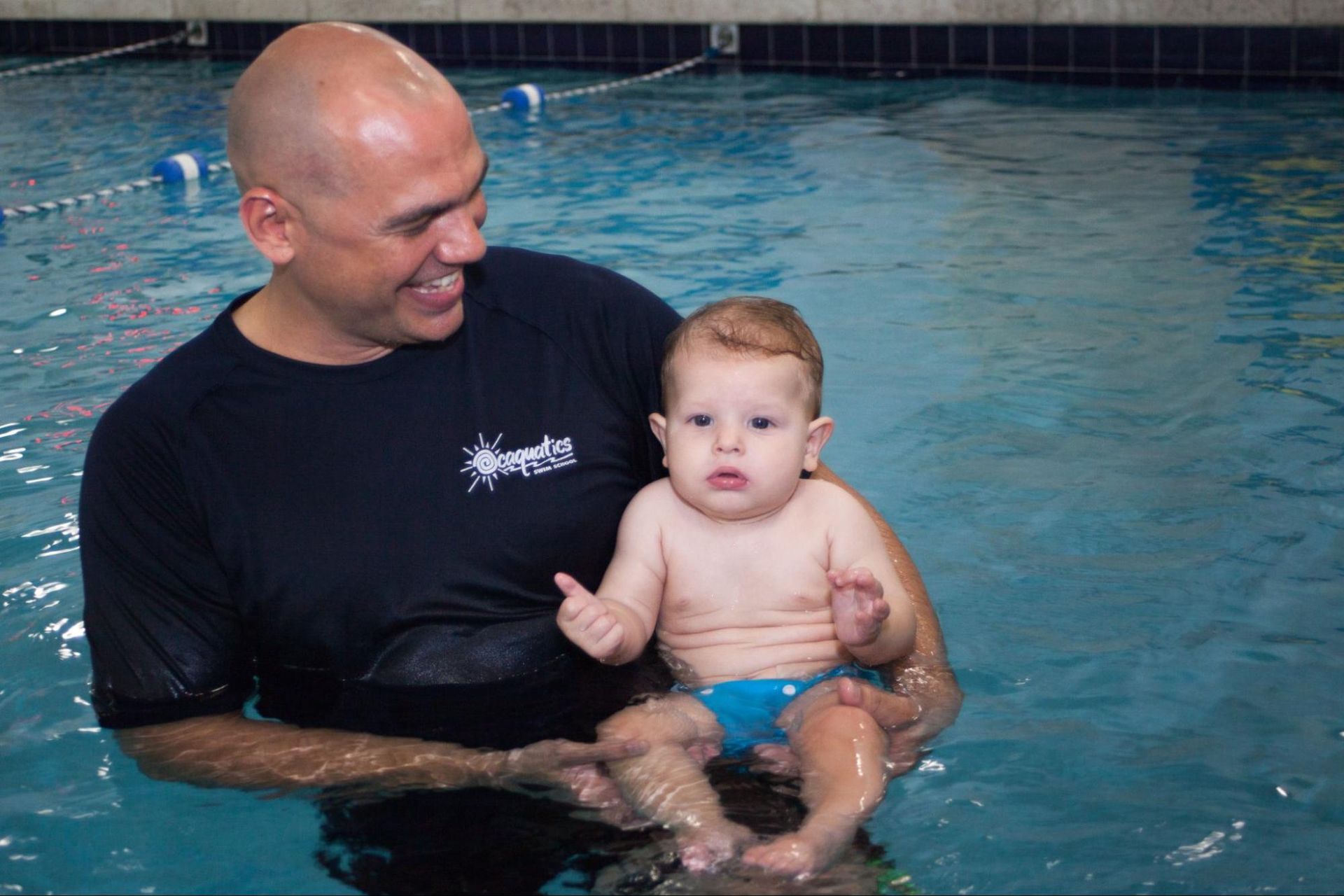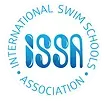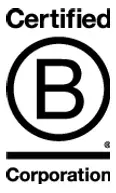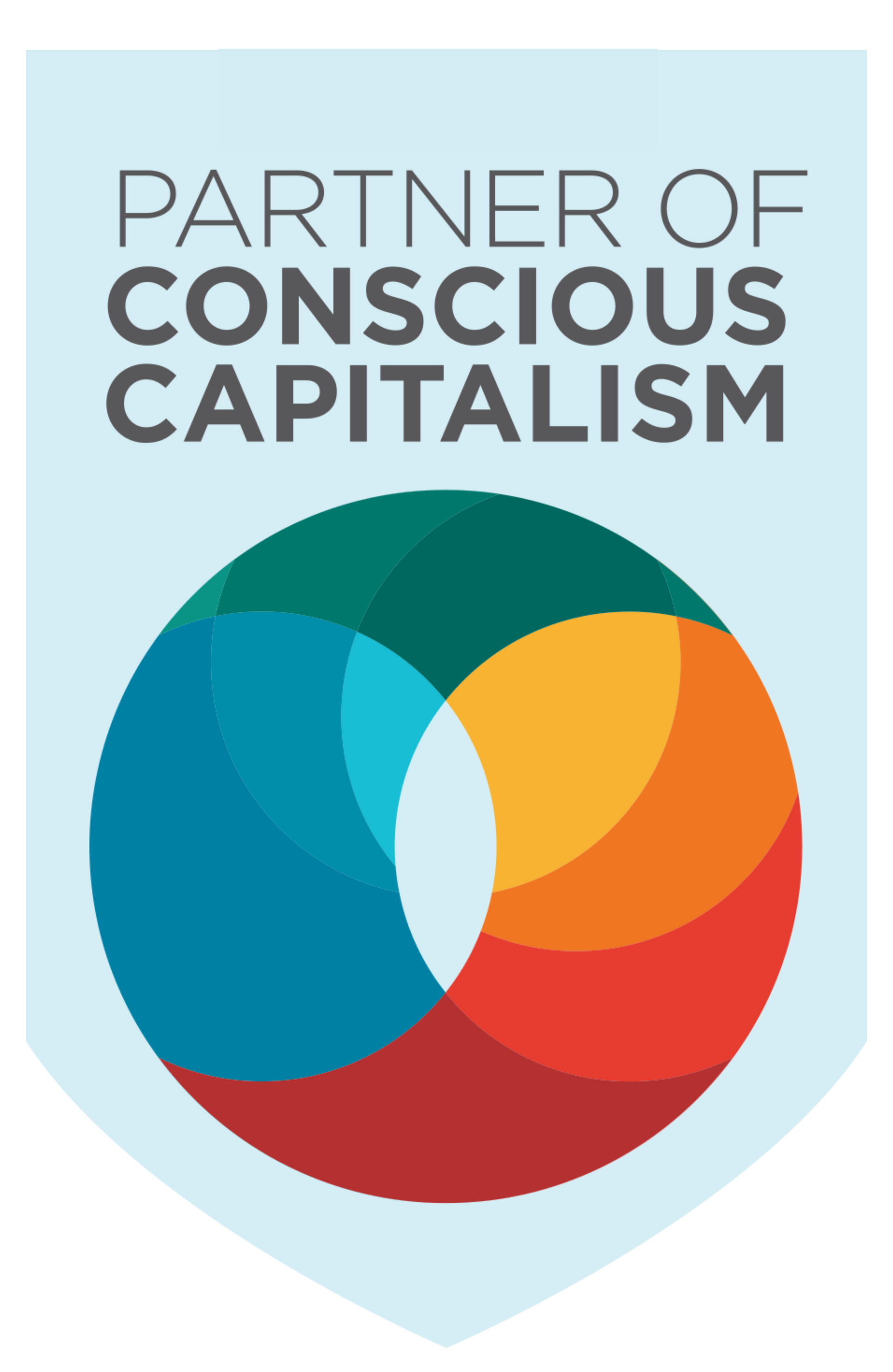At what age can a child swim independently?
Swimming is more than a recreational milestone in childhood. It’s a vital life skill that builds physical confidence, supports safety in aquatic environments, and fosters lifelong wellness habits.
As parents watch their young ones splashing in the local pool, an important question arises: At what age can a child swim independently? Experienced swim instructors suggest that the answer varies depending on developmental readiness, exposure, and quality of instruction. Curious about the right time to start swim lessons? Read more here.
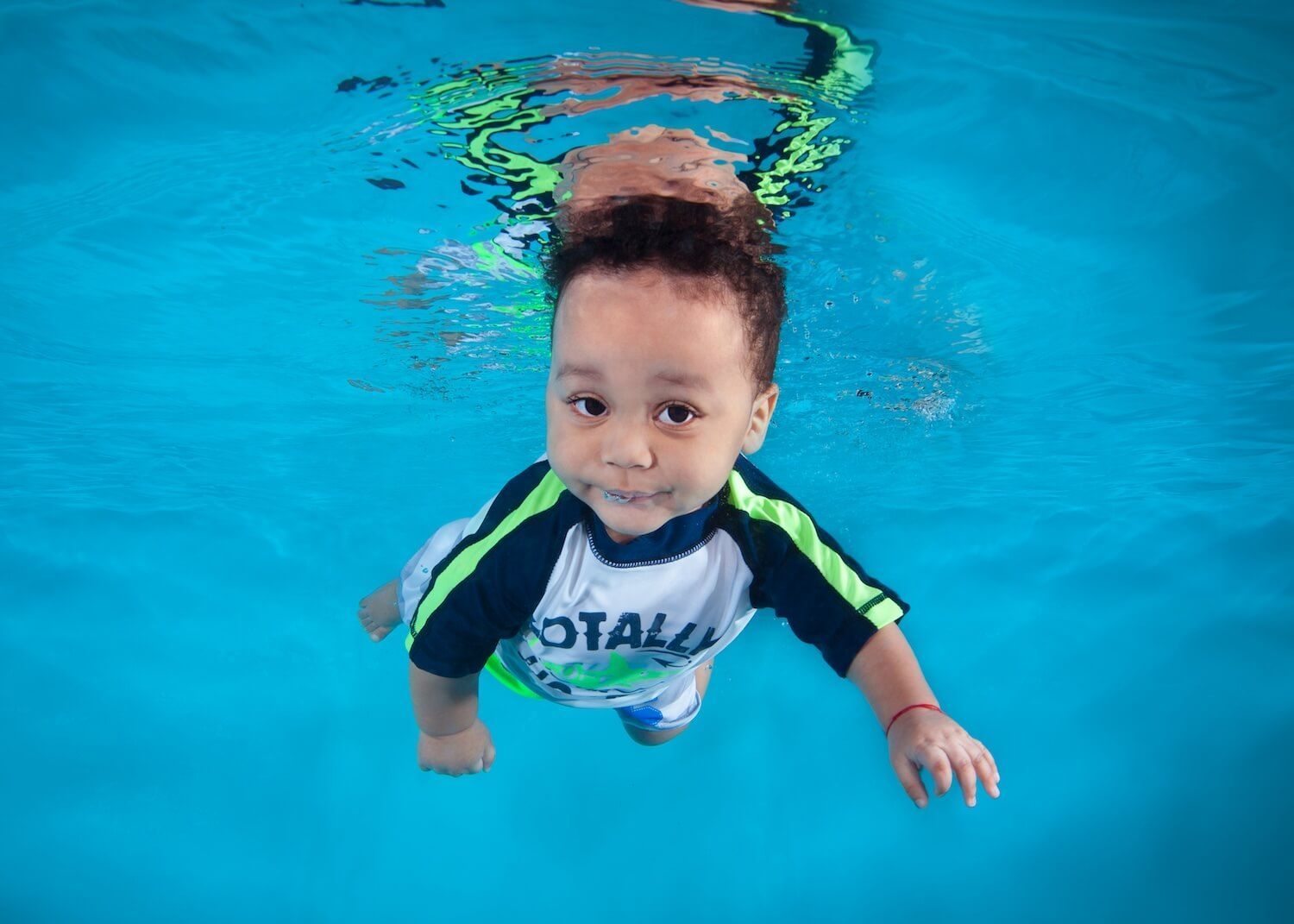
The Importance of Learning to Swim
Benefits of Swimming for Children
Learning to swim provides children with more than just the basic water survival skills. It enhances physical coordination, cardiovascular health, muscle tone, and respiratory endurance.
Younger children who swim regularly also exhibit improved motor skills and cognitive function. Importantly, swimming boosts confidence. Mastery over a challenging environment like water leads to a sense of achievement and autonomy that supports overall emotional development.
Safety Aspects Related to Swimming Skills
Drowning is one of the leading causes of accidental death in children, particularly between the ages of 1 and 4. Studies show that formal swimming lessons reduce the risk of drowning by as much as 88% for children in this age group. But it’s not just about teaching strokes.
Comprehensive swimming education focuses on water survival skills, like floating, rolling over for a breath, and finding the pool wall unassisted. Ocaquatics Swim School emphasizes these life-saving skills from day one, making water safety an embedded part of fun and learning.
Developmental Stages for Independent Swimming
Age Milestones and Motor Skills Development
According to experienced swim instructors, children reach swimming readiness at different stages depending on physical maturity, coordination, comfort level, and when they start lessons in swimming. However, typical progress aligns with the following ages:
- 6–36 Months: At this young age, children aren’t expected to learn independent swimming, but this phase lays the foundation. Swimming lessons involve water acclimation, breath control, and gentle motion.
- 2.5–4 Years: Some children begin to swim short distances (e.g., 3 to 10 feet) with limited assistance, developing essential skills like floating, kicking, and basic breath control. They can begin to blow bubbles and feel comfortable in water.
- 4–6 Years: Most older children start showing signs of swimming independently with minimal aid. With continued lessons, many can perform basic strokes and exhibit controlled movement in water.
- 6+ Years: Typically, by the average age of six, especially with consistent, quality instruction, a child can swim independently, perform multiple strokes, and understand pool safety rules.
It’s important to recognize that independent swimming isn’t just the ability to move through water, but to do so safely and reliably, especially in unexpected situations like falling in.
Typical Age Range for Achieving Independent Swimming
While some children can swim short distances independently as early as 3 years old, most reach functional independence between 4 and 6 years old, especially if enrolled in a structured program like the one at Ocaquatics Swim School. Children who start swim lessons as infants and toddlers usually achieve earlier mastery of essential safety skills and swimming techniques.
The Role of Swim Lessons
How Ocaquatics Swim School Delivers Lessons for All Ages
Since 1994, Ocaquatics Swim School has taught more children to swim in Miami than any other program. Their structured, age-specific curriculum ensures that every child progresses according to their development and ability, not just their age. With five warm, indoor pool locations, the school provides a controlled, distraction-free environment tailored to children's comfort and learning.
Ocaquatics’ swim levels begin with “Parent and Me” classes for infants as young as 6 months, gradually introducing independence as skills develop. Their curriculum transitions from water adjustment and safety to advanced stroke mechanics, ensuring that even the youngest swimmers develop strong fundamentals in a nurturing setting.

Focus on Water Safety and Enjoyment
Fun with your swim team isn’t a bonus at Ocaquatics, it’s a core teaching tool. Lessons are filled with games, songs, and engagement that build trust between the child and the water.
This fosters a lifelong love of swimming and helps children naturally overcome fear or hesitation. At the same time, safety remains the priority. The ultimate goal is to ensure every child can fall into water and safely return to the wall unassisted — a life-saving skill before stroke technique even begins.
Parental Involvement and Tips
Encouraging Children to Be Confident and Comfortable in Water
Parental attitude plays a huge role in a child’s progress. A supportive, calm parent who views water as a place of fun and growth can help the child relax and engage. In early stages, especially during “Parent and Me” classes, a parent’s presence in the water offers emotional security and helps reinforce at-home water play and skill practice.
Five Essential Tips for Parents to Help Children Progress
- Start Early, But Be Patient: Begin exposure as early as 6 months, but don’t rush independence. Each child develops at their own pace.
- Consistency Is Key: Regular weekly or bi-weekly swim lessons improve muscle memory and reduce fear.
- Practice Outside of Lessons: Encourage bath time play or supervised pool time to reinforce skills learned in class.
- Stay Positive and Encouraging: Avoid expressing your fear of water and instead celebrate small victories.
- Trust the Experts: Allow certified instructors, like those at Ocaquatics, to guide the progression without applying undue pressure.
Common Challenges and Solutions
Common Fears and Overcoming Them
It’s natural for children to fear submersion, separation from parents, or unfamiliar environments. Some might resist lessons entirely at first. Ocaquatics addresses these concerns through gentle exposure, instructor consistency, and lesson pacing that respects the emotional state of each child.
Instructors at Ocaquatics are trained not only in swim instruction but also in child development and psychology, enabling them to gently guide hesitant swimmers through fear with patience and positivity. Smaller class sizes, warm water, and personalized attention allow each child to feel seen, supported, and successful.
How Ocaquatics Swim School Supports Hesitant Swimmers
Ocaquatics’ curriculum uses a step-by-step progression model where no swimmer is pushed to advance without readiness. Programs like “Parent and Me Super” and “Super Baby” bridge the gap between parent-led and independent classes, allowing for gradual transition. Separation anxiety is addressed with empathy and support, helping both parents and children build confidence in the process.
The school also uses repetition and structured routines so that students know what to expect, reducing fear rooted in uncertainty. Their 28-minute lesson structure ensures engagement without fatigue, and their use of praise and playful activities helps children associate swimming with joy rather than stress.
Learning to Swim Independently Is a Journey, Not a Race
So, at what age can a child swim independently? While most children can achieve basic independence in the water between ages 4 and 6, readiness is influenced by a variety of factors. The key isn’t rushing the timeline, but supporting the child with expert guidance, consistent lessons, and patient encouragement.
Ocaquatics Swim School exemplifies the gold standard in children’s swim education. By combining safety-first teaching, age-specific curriculum, and a nurturing environment, they help thousands of children in Miami not only learn to swim but also fall in love with the water.
Whether your child is just beginning to splash or ready to glide across the pool, Ocaquatics is a trusted partner in building aquatic confidence. One lesson at a time. To enroll your child, call or text us at 305-969-7946 orcontact us online.

